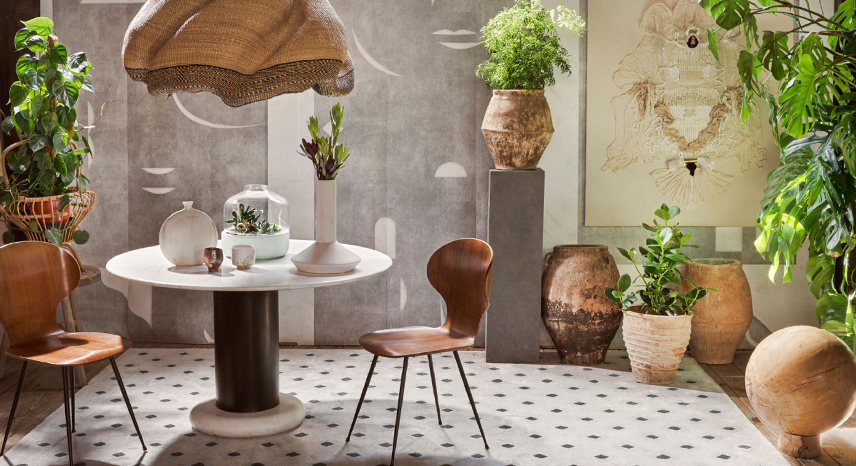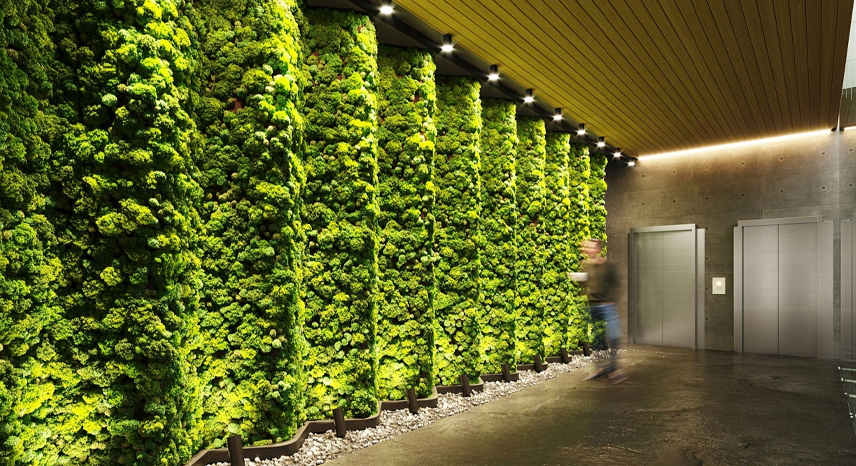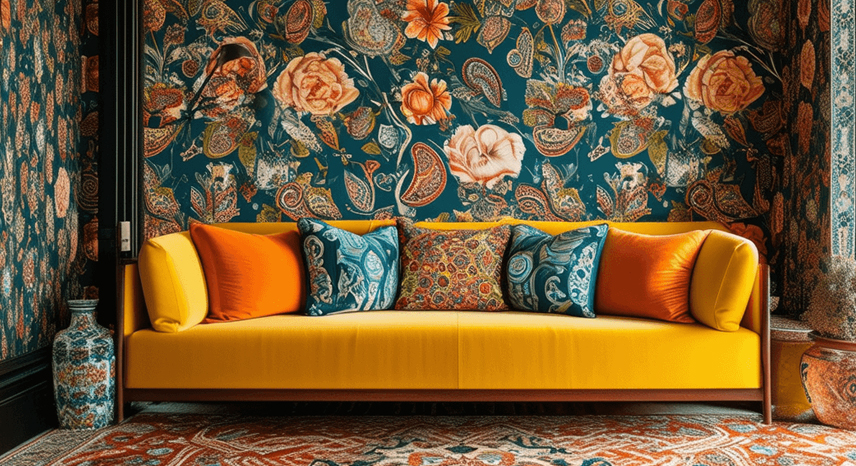Sustainable Decor: Eco-Friendly Materials and Practices for a Green Home

Introduction
Sustainable decor is more than just a fleeting trend—it represents a profound commitment to creating living spaces that are both beautiful and kind to our planet. By incorporating eco-friendly materials and sustainable practices into your design, you can craft a home that not only minimizes environmental impact but also enhances indoor well-being. This approach combines style with purpose, creating a timeless, functional space that resonates with a greener lifestyle and inspires future generations.
Why Sustainable Decor Matters
Environmental Impact
Embracing sustainable decor means making mindful choices that conserve natural resources and reduce waste. Utilizing renewable and recycled materials helps protect ecosystems and minimizes the carbon footprint of your home. For instance, choosing reclaimed wood over new lumber prevents deforestation and gives old materials a new life, reducing the pressure on natural forests.
Health Benefits
A sustainable home is also a healthy home. Natural, non-toxic products improve indoor air quality by minimizing exposure to harmful chemicals. Low-VOC paints, organic textiles, and natural finishes create an environment that supports overall health and well-being, ensuring that the air you breathe and the surfaces you touch contribute positively to your lifestyle.
Timeless Aesthetics
Eco-friendly decor is inherently timeless. With clean, minimalistic designs that focus on natural textures and subdued color palettes, sustainable decor remains stylish long after fleeting trends have passed. Investing in high-quality, sustainable pieces means your home not only looks modern and elegant today but will continue to be appreciated for years to come.
Materials and Practices for Sustainable Decor
Organic Textiles
Opt for materials like organic cotton, linen, and hemp for bedding, upholstery, and curtains. These fabrics are grown without harmful pesticides and chemicals, ensuring they are gentle on your skin and the environment. Organic textiles also offer a natural, earthy look that complements many modern interiors while reducing your carbon footprint.
Reclaimed Wood & Recycled Metals
Incorporating reclaimed wood into your furniture and decor not only adds warmth and character but also gives new life to materials that might otherwise end up in landfills. Similarly, recycled metal accents can provide a sleek, modern touch while minimizing the need for new raw materials. The blend of reclaimed wood with recycled metals creates an interesting juxtaposition of rustic charm and industrial sophistication.
DIY and Upcycling
Embracing the DIY spirit is at the heart of sustainable decor. Upcycling old furniture or repurposing everyday items into stylish decor pieces is an effective way to reduce waste and add personal flair to your home. Whether it’s refinishing an old dresser, turning glass jars into chic light fixtures, or creating custom artwork from reclaimed materials, DIY projects empower you to express your creativity while supporting eco-friendly practices.
Practical Tips for a Sustainable Home
Energy Efficiency
One of the easiest ways to contribute to a sustainable home is by improving energy efficiency. Replace traditional incandescent bulbs with LED lights, which use significantly less energy and have a longer lifespan. Investing in energy-efficient appliances not only lowers utility bills but also reduces your overall energy consumption, making your home more environmentally friendly.
Low-VOC Products
When it comes to painting and finishing your home, opt for low-VOC or VOC-free products. Traditional paints often release volatile organic compounds (VOCs) that can negatively affect indoor air quality and health. By choosing eco-friendly paints and sealants, you create a safer, healthier environment for you and your family.
Green Accents
Bring nature indoors by integrating plenty of green accents into your decor. Indoor plants, vertical gardens, and natural fiber rugs add vibrancy and life to any space while improving air quality. Plants not only serve as beautiful decorative elements but also help to purify the air and regulate humidity levels, creating a more comfortable living environment.
Real-Life Inspiration
Imagine a living room where sustainability meets style—a reclaimed wood coffee table serves as the centerpiece, paired with organic cotton sofas in neutral tones. Accent pieces like recycled metal sculptures and handmade ceramic vases add unique character, while indoor plants and natural fiber rugs bring the outdoors in. The overall design is modern yet timeless, reflecting a commitment to eco-conscious living and mindful aesthetics. Every element, from the energy-efficient lighting to the carefully selected low-VOC finishes, contributes to a harmonious, green space that is both inviting and environmentally responsible.
Sustainable decor is a holistic approach that benefits both the environment and your well-being. By thoughtfully choosing eco-friendly materials, embracing upcycling and DIY projects, and prioritizing energy efficiency, you can create a home that is stylish, healthy, and sustainable. This commitment to a greener lifestyle not only reduces your environmental footprint but also sets a lasting example for future generations. With sustainable decor, you’re not just designing a space—you’re creating a legacy of environmental stewardship and timeless beauty.
post

Lifestyle ≠ 01 November
Fashion and Wellness: How What You Wear Can Affect Your Health

Lifestyle ≠ 01 November
Future of Fashion: Exploring the Role of AI and Virtual Reality in Style

Lifestyle ≠ 01 November
The Intersection of Fashion and Music: Style Influences from Iconic Artists

Lifestyle ≠ 01 November

Lifestyle ≠ 01 November
Previous Post
Home & Decor November 01
Biophilic Design: Bringing Nature Indoors for Enhanced Well-Being
Next Post
Home & Decor November 01
Embracing Maximalism: How to Tastefully Layer Patterns and Textures

